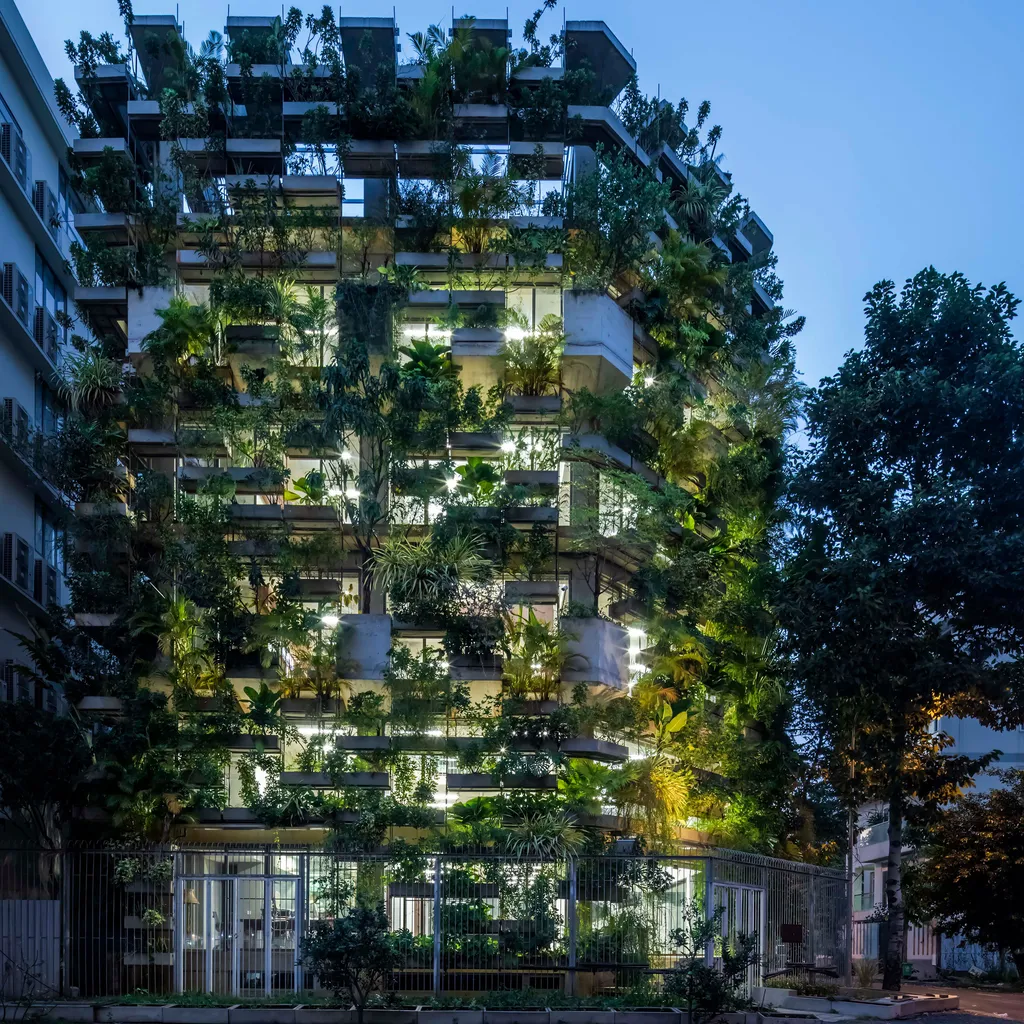In the heart of Ho Chi Minh City, a quiet revolution is taking root, one that could very well redefine the future of urban agriculture. As the city grapples with rapid urbanisation and the consequent shrinkage of agricultural land, experts believe that developing high-tech agriculture is not just an option, but an inevitable trend. This shift is creating a driving force for the city’s agriculture to evolve in a modern, sustainable direction.
The Ho Chi Minh City Biotechnology Centre is at the forefront of this transformation, experimenting with a novel approach to vegetable cultivation. In response to the diminishing land area, the centre has turned to “soil-less” farming, specifically, the Plant Factory System. This hydroponic cultivation system, inspired by the Japanese model, is a marvel of modern agriculture. Covering a total area of 34.5 square meters, the plant cultivation room is equipped with ten racks, each with an area of 0.84 square metres, divided into four layers, providing a total planting area of 3.36 square meters per rack.
The centre has tested seven lettuce varieties originating from the Netherlands, Japan, and Vietnam. After several planting cycles, most lettuce varieties have shown remarkable adaptability to the growing conditions. The system allows for 15 harvests per year, achieving higher productivity and quality than traditional cultivation methods. This is a significant leap, considering the constraints of urban agriculture.
The implications of this development are profound. Building on these results, the Ho Chi Minh City Biotechnology Centre plans to expand the Plant Factory model to produce other high-value vegetables and crops. Moreover, they aim to transfer this technology to farmers, cooperatives, and enterprises for large-scale application. This could potentially revolutionise urban agriculture in Ho Chi Minh City, making it more sustainable, efficient, and productive.
The success of this project could serve as a model for other urban areas grappling with similar challenges. It demonstrates that high-tech agriculture can thrive even in the heart of a bustling city, offering a sustainable solution to food security. As we watch this revolution unfold, one thing is clear: the future of agriculture is not just about going back to the land, but about bringing the land into our cities, in the most innovative ways possible.

